A waybill is a primary accounting document that governs the fact that a supplier delivers goods to a buyer, usually for further sale. Based on this document, the seller deducts goods and materials from his warehouse, and the buyer arrives. Documents can be of various forms, the most common - TORG-12. What are its filling characteristics, why is it needed and what is TORG-12: in detail in this article.
Title and type of document
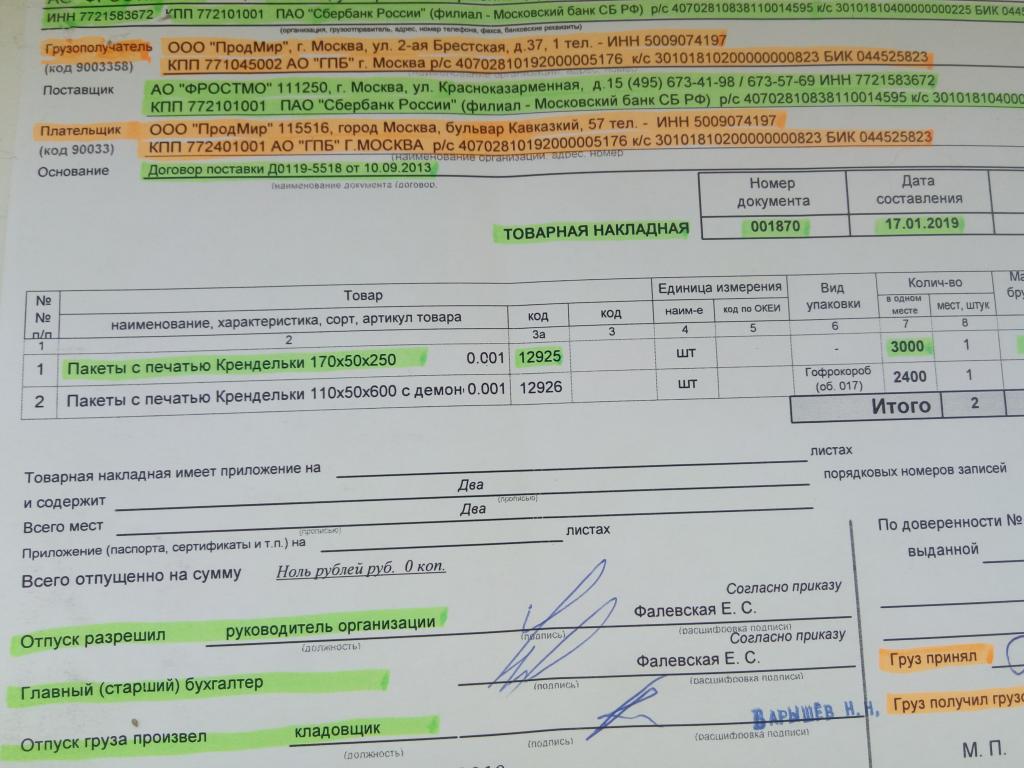
The name TORG comes from the word "trade", since the scope of the document is any organization engaged in wholesale or retail trade. A numerical value denotes a form for recording transactions from 1 to 31. Today, filling out everything is optional.
TORG-12 confirms the fact of acceptance and transfer of goods and materials to a third-party company, in this regard, it is an external document. To move goods within the company, simplified document forms are used, as a rule, TORG-13.
The standard consignment note meets all the requirements of the legislation in the field of trade, however, cases of using an independently developed form are not uncommon.
What is TORG-12?
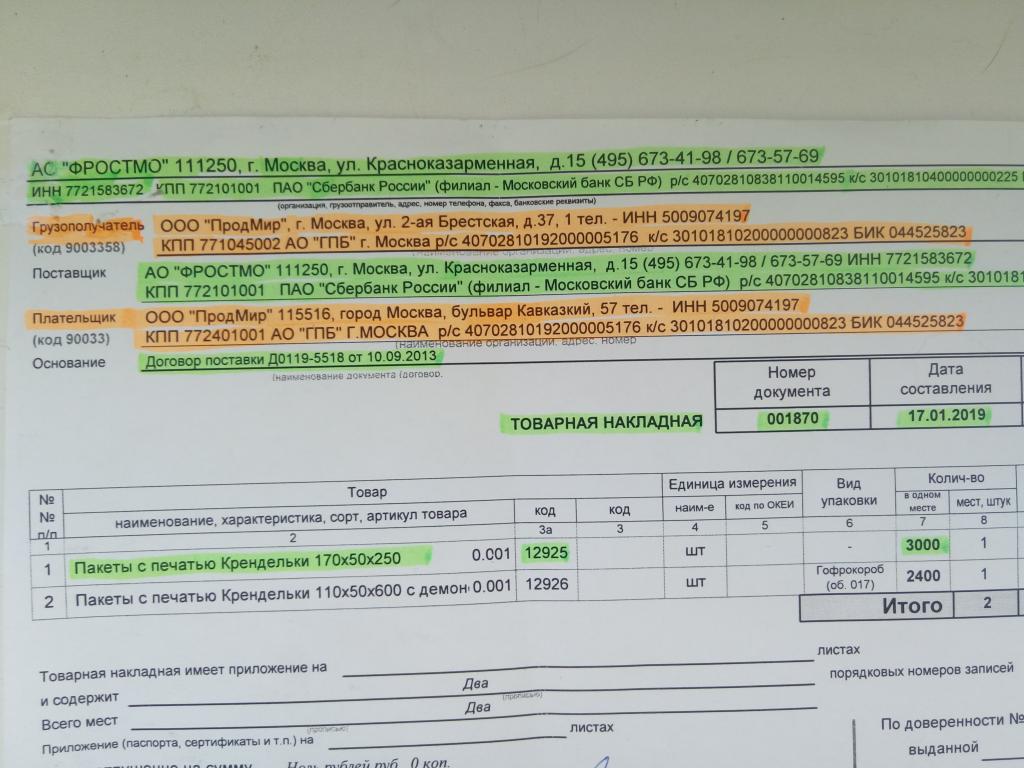
Any TM activity of a trading company should be executed using documents approved by the head of the organization (based on Federal Law No. 402 of 02/06/2011).
The TORG-12 document form has been included in Federal Service Resolution No. 132 since 1998 and serves as evidence of the transfer of goods and materials from the supplier to the seller. The document can be stored both in paper form and in electronic form (pictured is a TORG-12 sample).
It can be used not only to control the turnover of goods in the organization, but also to provide services, but care should be taken, misunderstandings may arise during inspections by regulatory authorities.
Details marked on the invoice
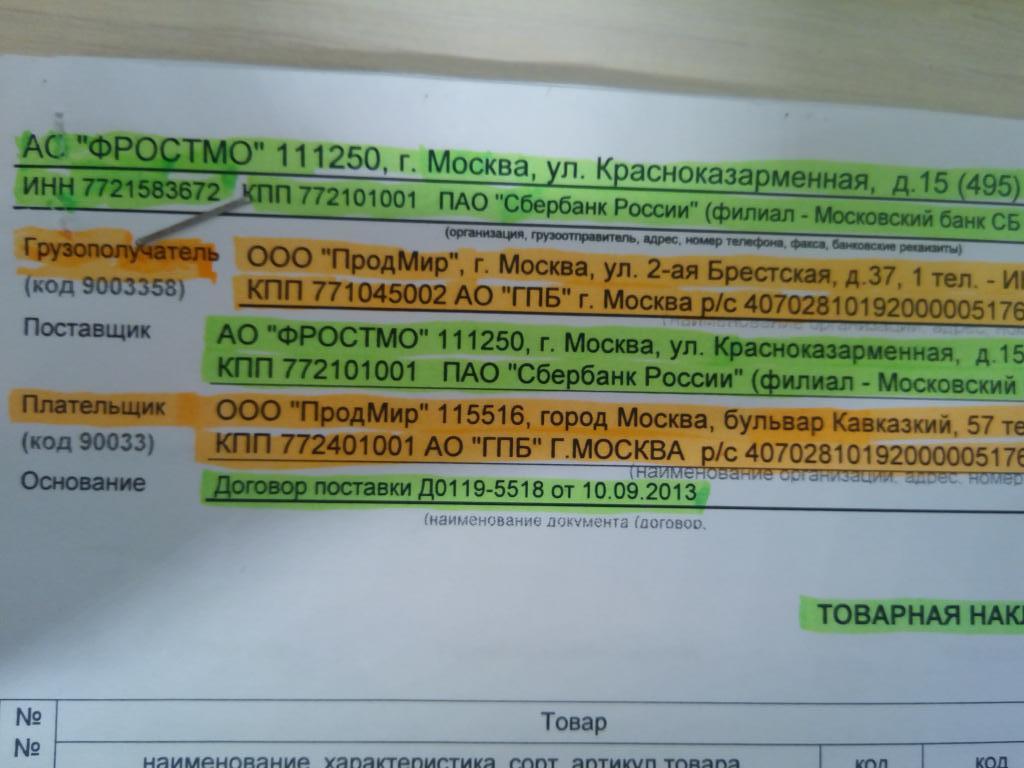
There are mandatory data that must be indicated on the TORG-12 form, regardless of the form used: standard or approved by the founder within the company. If at least one of the details listed below is missing, then the document is considered invalid and the transaction is canceled.
The list of required details:
- Title of the document;
- number and date of compilation;
- legal address of the seller, TIN, KPP, BIK, r / s;
- actual address of shipment of goods;
- consignee address;
- buyer's legal address, TIN, KPP, BIK, r / s;
- Head of the organization;
- Chief Accountant;
- data of the person who produced the goods;
- contract number on the basis of which the goods are delivered;
- OKPO;
- OKPD.
The TORG-12 consignment note is drawn up in duplicate, and the date indicated in the document must coincide with the actual date of shipment of goods and materials.
How to fill in the document?
What is TORG-12? The document is a cap filled by standards and a table that indicates:
- The serial number of the item.
- Name, characteristic, grade of goods.
- The internal code.
- Unit of measurement.
- Number of seats.
- Quantity of goods in one place.
- Weight.
- The price of one unit of goods.
- Price without VAT.
- VAT.
- Value with VAT.
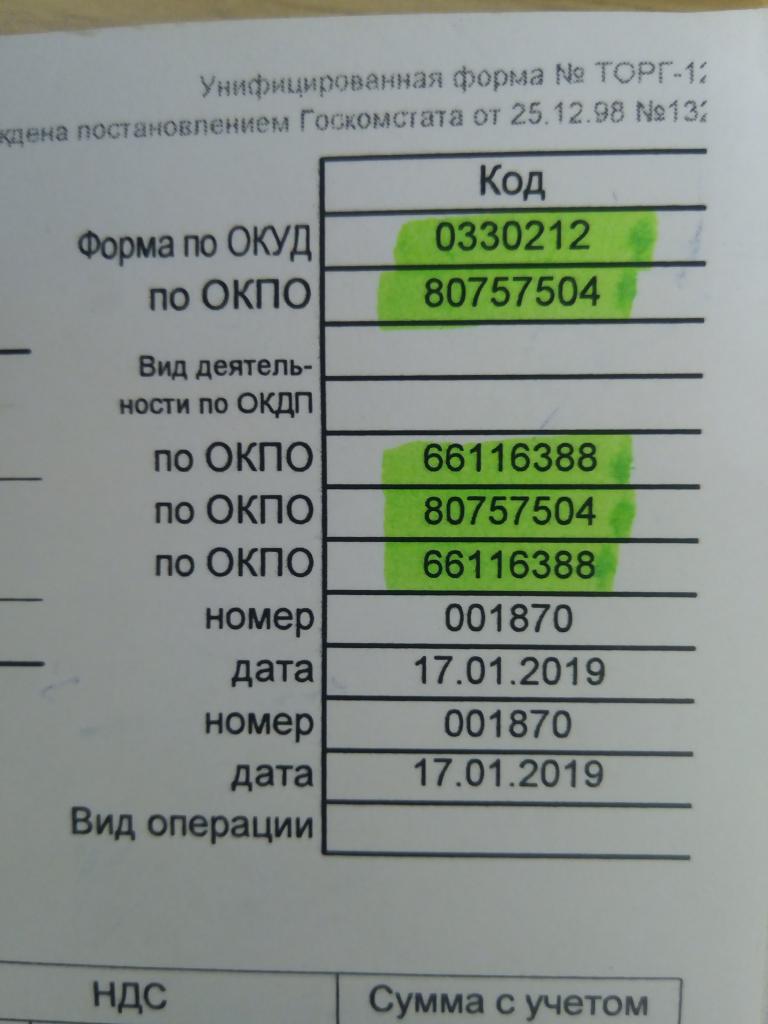
The list data must be indicated for each product in the consignment note TORG-12. The supplier puts three signatures of the authorized person and a mandatory impression of a round blue seal.
On the right side, the buyer puts two signatures and certifies with a seal. Documents are stored five years from the date of transaction.
The correct filling of TORG-12 guarantees the absence of misunderstanding on the part of the regulatory authorities, therefore, it is necessary to take the paperwork very seriously.
Electronic consignment note
Based on accounting laws and with an electronic signature, organizations can form and store TORG-12 not only in paper form, but also in electronic format. There is a standard form for recording such a document, which can be sent by the taxpayer to the tax authorities on the Internet.
The filling process does not have significant differences depending on the form of the medium - paper invoices or electronic, except for one: the electronic format exists in a single copy and contains two files. The first is filled out by the seller and sent to the buyer, the second is filled by the buyer. In this case, two electronic signatures are placed - one from each of the parties.
Corrections in paper and electronic documents
It happens that the seller’s declared list of goods differs from the actual one. In this case, two copies are made in the paper version, the date and signature of the parties are confirmed, confirming the non-compliance. As a rule, the seller replaces such documents, which, based on accounting rules, is optional.
It is impossible to make such corrections in electronic format, in which case the selling and buying organizations themselves determine the way out. The frequently sold party draws up a new document, in which it makes a note that the second option is part of the original. In this case, the format of corrections should be indicated initially in the contract with the buyer.
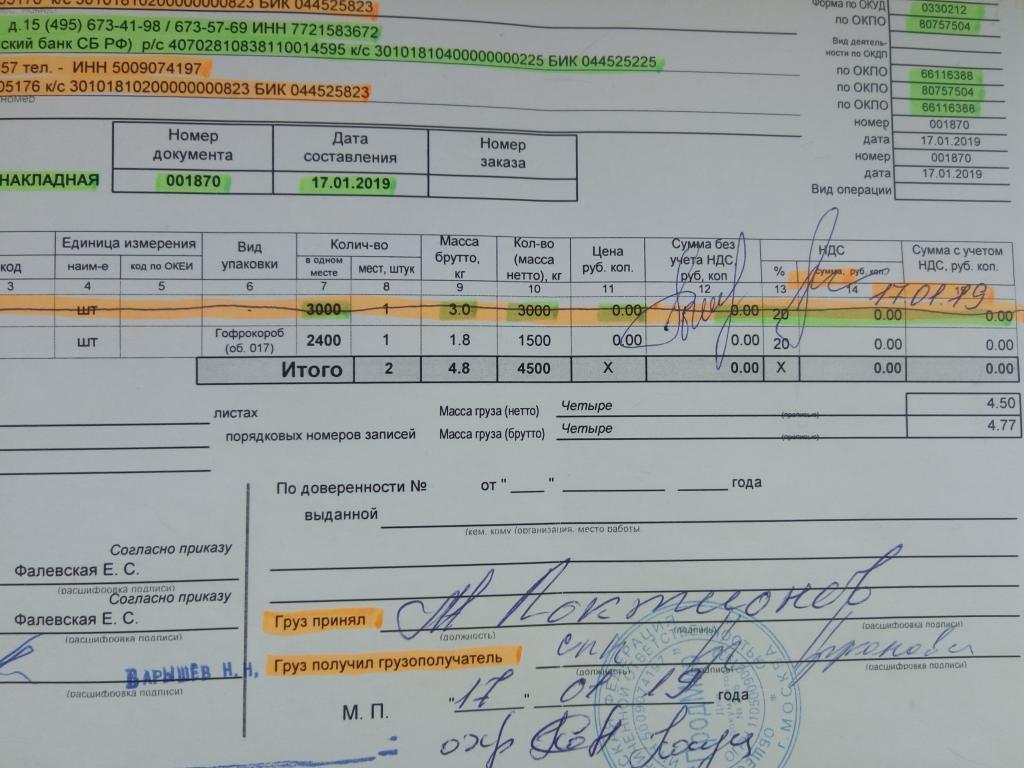
There are cases when, when quantitative or qualitative discrepancies are detected by the buyer, an act of discrepancy is drawn up in the form of TORG-2 or TORG-3. Subsequently, they can be used to resolve disagreements with the supplier regarding the delivered goods.
Invoice
If the organization is a VAT payer (value added tax), the preparation of the document is mandatory. Based on the received invoices, the buyer forms the “Book of purchases”, and on the basis of the issued ones, the “Book of sales”.

So what is an invoice? What is TORG-12? What is their difference?
The invoice must also contain all the data of the seller and the buyer, VAT rates, and other mandatory details provided for in the Tax Code. It is he who obliges the seller to pay an additional value added tax. Organizations working on the simplified tax system are exempted from this.
Thus, these two documents, TORG-12 and invoice, can exist separately only if a simplified taxation system is applied. Enterprises that use the common system are required to use both of these documents, they complement each other and are always provided together.
UPD - what is it?

The universal transfer document is a simplified form of a pair of TORG-12 documents and invoices. Serves to facilitate the accounting of primary accounting documents and to relieve the accountant of the paper routine. It is logical that if instead of two documents one is used, then it should contain information that is reflected in both. That is, in addition to the mandatory details, the UPD contains information on customs declarations, data on VAT and the country of origin of the goods.
UPD contains all the necessary information that is in TORG-12 and the invoice together, therefore, suppliers tend to switch to a universal transfer document, which significantly reduces paper consumption and the volume of archival warehouses.

The document is also executed in two copies: one remains with the seller, the second is transferred to the buyer. It is necessary to pay attention that in this case the number of signatures of the supplier and the buyer remains unchanged, as in TORG-12, only in this case the UPD confirms the fact of the transaction.









